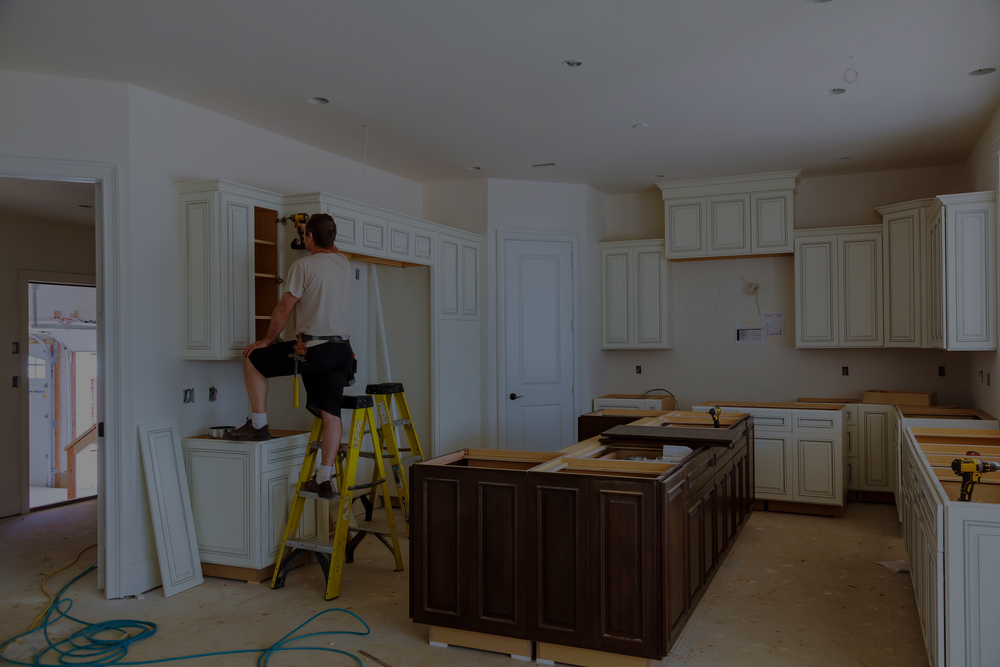In today’s society, there is a growing need to create homes that are accessible and inclusive for people of all ages and abilities. Universal Design for Aging in Place offers a solution by ensuring homes are designed to accommodate individuals throughout their lifespan. This blog aims to provide a comprehensive guide on how to make your home accessible for all, promoting independence, safety, and comfort.
Benefits Of Implementing Universal Design In Homes
Implementing universal design in homes specifically for older adults offers several benefits tailored to their unique needs and challenges:
Safety: Universal design prioritizes safety by incorporating features such as slip-resistant flooring, well-placed lighting, and handrails. These elements help reduce the risk of falls and accidents, which are common concerns for older adults. By creating a safer environment, universal design promotes older residents’ overall well-being and confidence.
Adaptability: Universal design incorporates flexibility and adaptability in-home features to accommodate the changing needs of older adults. It includes adjustable fixtures, varied-height shelves, and easily modifiable spaces that can be customized to suit individual preferences and abilities. Such adaptability allows older adults to continue living comfortably as their requirements evolve.
Cognitive support: Clear signs, uncluttered rooms, and simple, intuitive layouts all help to clear up misunderstandings and make it easier to move through the house. This enables people with dementia or cognitive impairments to preserve their independence and perform more successfully in familiar settings, which can be especially helpful.
Social inclusion: By incorporating universal design, houses can become warm and inclusive settings for family and social gatherings for older people. An environment that meets visitors’ needs, including those with disabilities or mobility restrictions, is created by barrier-free design and adaptable areas. This encourages social engagement, lessens loneliness, and strengthens a sense of community.
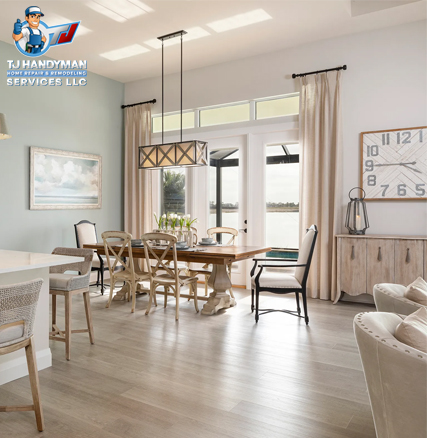
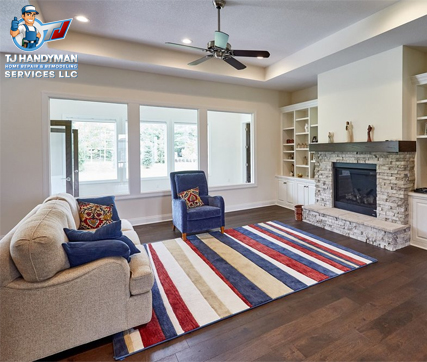
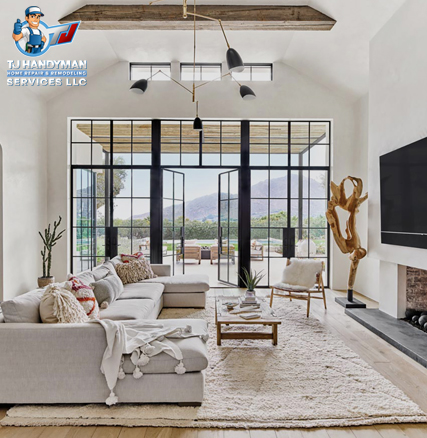
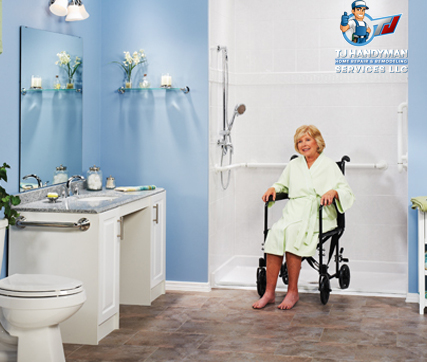
Identifying Personal Needs
Assessing the unique needs of the people living in your home is essential before making any adjustments. Age, amount of movement, and any unique disabilities should all be considered. An individual requirements analysis can be used to pinpoint the areas that need to be modified to improve accessibility and guarantee a comfortable living space.
Adapting Home Entrances and Exits
One of the first areas to focus on is the accessibility of home entrances and exits. People with mobility issues may find entering and exiting the property simpler if ramps are installed, or stairs are modified. Additionally, installing grab bars and handrails provide additional stability and support, lowering the danger of falls.
Creating an Accessible Living Space
It is possible to design a living environment that is more approachable by using an open floor plan. People using wheelchairs or walkers can move about freely by removing needless obstacles and enlarging doorways. Adapting the lighting and color schemes can also make it easier for people with visual impairments to move around the room.
Wheelchair Accessibility
For individuals using wheelchairs, it is essential to ensure that doorways and hallways are wide enough to accommodate the wheelchair’s dimensions. Installing wheelchair ramps or lifts can facilitate smooth transitions between different levels of the home. These modifications enable individuals with mobility limitations to move throughout the house independently.
Safe and Accessible Bathrooms
Bathrooms are areas where accessibility is of utmost importance. Walk-in or roll-in showers with grab bars provide convenience and safety for individuals with mobility challenges. Raised toilets with grab bars also make it easier for individuals to sit down and stand up, promoting independence and reducing the risk of accidents.
Adaptive Kitchen Features
Making the kitchen more accessible involves incorporating adaptive features. Lowered countertops and accessible storage options ensure that individuals with varying heights or wheelchairs can comfortably prepare meals. Installing lever-handled faucets and easy-to-use appliances further enhances accessibility and usability.
Flooring and Surfaces
Choosing the right flooring and surfaces is crucial for promoting safety and ease of movement. Non-slip flooring options, such as textured tiles or slip-resistant materials, reduce the risk of slips and falls. Smooth and durable surfaces throughout the home enable individuals using mobility aids to navigate more effortlessly.
Technology for Aging in Place
Technology plays a significant role in enhancing accessibility and convenience. Smart home features and automation systems allow individuals to control various aspects of their homes, such as lighting, temperature, and security, through voice commands or mobile devices. Assistive devices and applications can also assist with daily activities, reminders, and communication, enabling independent living.
Addressing Cognitive Needs
In addition to physical modifications, it is important to address cognitive needs in an accessible home. Clear signage and labeling throughout the house can help individuals with memory impairments easily navigate and locate different areas. Memory aids, such as whiteboards or digital reminders, can assist in remembering important tasks and appointments.
Outdoor Accessibility
Creating an accessible home extends beyond the interior. Outdoor areas should also be designed with accessibility in mind. Accessible pathways and ramps facilitate easy movement for individuals with mobility aids. Outdoor seating areas provide a space for relaxation and socialization. Additionally, incorporating raised garden beds or adaptive tools allows individuals to engage in gardening and leisure activities.
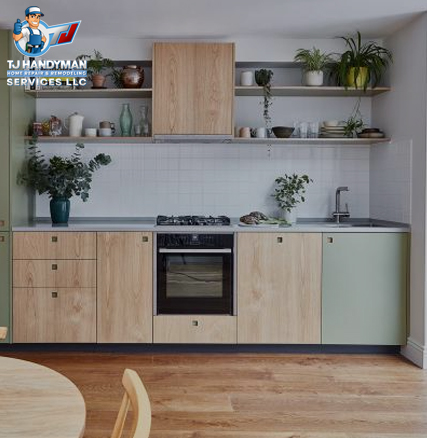
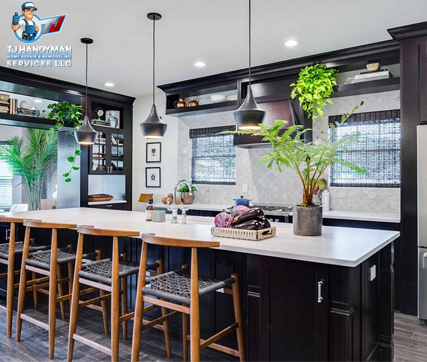
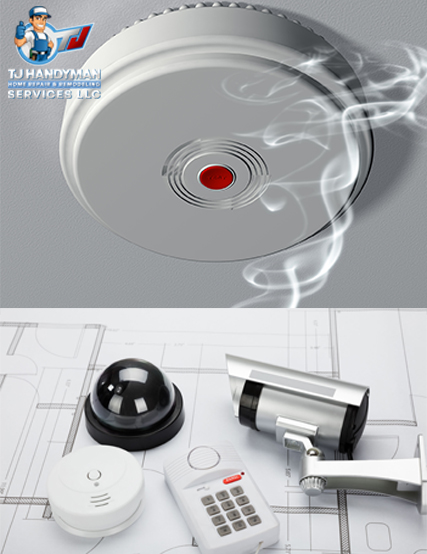
Safety and Security Measures
Ensuring the safety and security of an accessible home is essential. Installing smoke detectors and carbon monoxide alarms at appropriate locations helps protect individuals from potential hazards. Home security systems provide peace of mind, and emergency preparedness measures, that are crucial for everyone in the household.
Financial Considerations
Modifying a home for accessibility may involve certain costs. However, there are various funding options available to support these modifications. Insurance coverage, government grants, and tax incentives can help alleviate the financial burden. Researching and exploring these options can make the process more affordable and accessible.
Hiring Professionals for Universal Design
Collaborating with professionals experienced at TJ Handyman Home Repair & Remodeling in universal design can greatly assist in creating an accessible home. Our handymen and interior designers can provide expert guidance in incorporating universal design principles into your home’s layout and aesthetics. Our team of accessibility specialists can handle the practical aspects of the modifications, ensuring compliance with accessibility standards. So, if you want your living space easy to access for your older adults, get in touch with us today!

